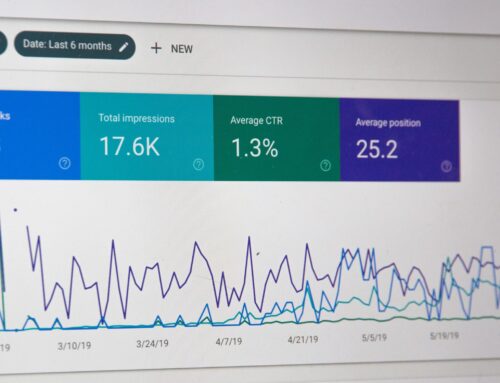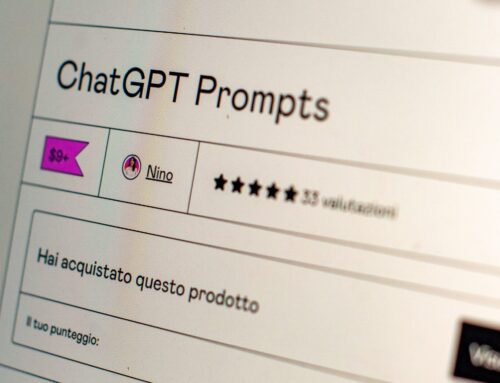 Although gamification and game-based learning have been around for a few years, only recently are training departments beginning to take these learning and engagement methods seriously. However, convincing the CEO that gamification works is a tougher challenge. The perception that playing games isn’t really training still lingers in the minds of the c-suite. So how do you make the business cases for the gamification of corporate training?
Although gamification and game-based learning have been around for a few years, only recently are training departments beginning to take these learning and engagement methods seriously. However, convincing the CEO that gamification works is a tougher challenge. The perception that playing games isn’t really training still lingers in the minds of the c-suite. So how do you make the business cases for the gamification of corporate training?
Gamification, Game-Based Learning, and Simulations
Before we dive into the numbers, let’s define these terms.
Gamification
To quote a previous blog post, “Gamification is at work whenever an incentive is offered to encourage someone to do something they are already supposed to be doing. This could be an award or recognition, a special privilege, an increase in ranking, a prize, or a badge among other things.” In eLearning the most common forms of gamification are badges and leaderboards.
Game-Based Learning
From that same blog, game-based learning “takes place during play. If you don’t play you won’t learn, and if you don’t learn you can’t advance in the game.”
Embedded games are sometimes called “casual” or “extrinsic” games. These games allow learners to engage with the content in a fun way, while reinforcing the learning objectives through play. Embedded gaming strategies can include drag-n-drop, sequencing, matching, trivia, etc.
In collaborative games, players work in collaborative teams to share knowledge, make decisions and compete against other teams.
Immersive eLearning games involve “immersing” the learner into a fully simulated environment. The learning occurs through trial and error, with prescriptive learning modules assigned after the event, based on the learner’s performance. This model encourages rehearsal and practice, so a learner can master the concepts.
Simulations
Simulations enable learners to apply their knowledge and skills in a simulated environment. Story Arc simulations combine story and simulation to create engaging problem-based learning experiences, where learners can live out the experiences, as they would in the real world.
Used together gamification, game-based learning, and simulations provide powerful tools to motivate, engage, and help learners retain training.
Making the Business Case for Gamification
It is widely accepted that recognition, rewards, and a sense of competition motivates employees at work. Gamification taps into each of these motivators which is why it is so effective at keeping employees engaged.
According to a 2013 Gartner report 70% of business transformation efforts fail due to lack of engagement.
Gamification tools work because they:
- Give employees the motivation to complete training (the chance to win, receive rewards or gain recognition)
- Give employees the confidence to carry out a task – by facilitating it, or breaking each task into bite-size chunks (microlearning), increasing the employee’s perceived capability
- Allow employees to fail and try again without negative repercussions
- Provide real time feedback on performance
Additionally, 80% of learners claimed learning would be more productive if it were more game-oriented, according to Deloitte.
Companies Achieve Results When They Make Training “Fun and Games”
Cisco used gaming strategies to enhance its virtual global sales meeting and call center company LiveOps used extremely timely performance feedback as part of a larger gamification initiative that allowed some agents to reduce call time by 15% and improve sales by between 8% and 12%.
In 2010, a Colorado restaurant implemented a gamification-based employee program with the goal of motivating waiters and waitresses to increase sales of specific menu items. Participating staff were awarded chances to play online “random-point-yielding games when they sold a fresh-squeezed orange juice or a 4-pack of cinnamon rolls.” Points were redeemable by staff for a branded debit card. One case study estimated that the restaurant realized an ROI of 66.2% due to an increase in sales of the targeted menu items.
Our own client, Hilton Worldwide has also experienced success with gamification. Digitec worked with the Hilton team to create targeted learning for more than 80,000 team members, so far. The Digital Key training program earned a 2016 Gold Excellence in Learning award from Brandon- Hall for Unique or Innovative Learning. Average level 1 assessment feedback scores of 4.33 out of a possible 5.
However we measure success with more than numbers, but the responses of Hilton Worldwide’s learners, who state:
“I thought it was great training to update us on what is occurring on the technology that is changing.” “Loved how there were examples of guest and team member questions, followed by the selection of the appropriate responses.” “The interactive game was a very practical application of the material vs. just taking a quiz. Scenario-based quizzing proved to be actively engaging.”
Final Thoughts
Despite the impact of gamification strategies for corporate training, there are still concerns about their effectiveness. Executives often dismiss gamification and game-based learning as fluff. Gamification has gone from an approach that the CEOs were skeptical of, to earning a reputation for being a high-impact learning strategy. But gamification has come a long way. Today, organizations have realized its potential, and are seeing measurable results through this engaging training technique.




